Taiwan’s last operating nuclear reactor gradually began to reduce its power generation yesterday afternoon before completely shutting down at midnight, fulfilling the government’s promise to make Taiwan nuclear-free.
The No. 2 reactor at the Ma-anshan Nuclear Power Plant in Pingtung County was disconnected from the nation’s power grid at 10pm, state-run Taiwan Power Co (台電, Taipower) said.
The removal of the reactor core’s fuel rods is expected to start two days later and last one to two weeks, the company said.
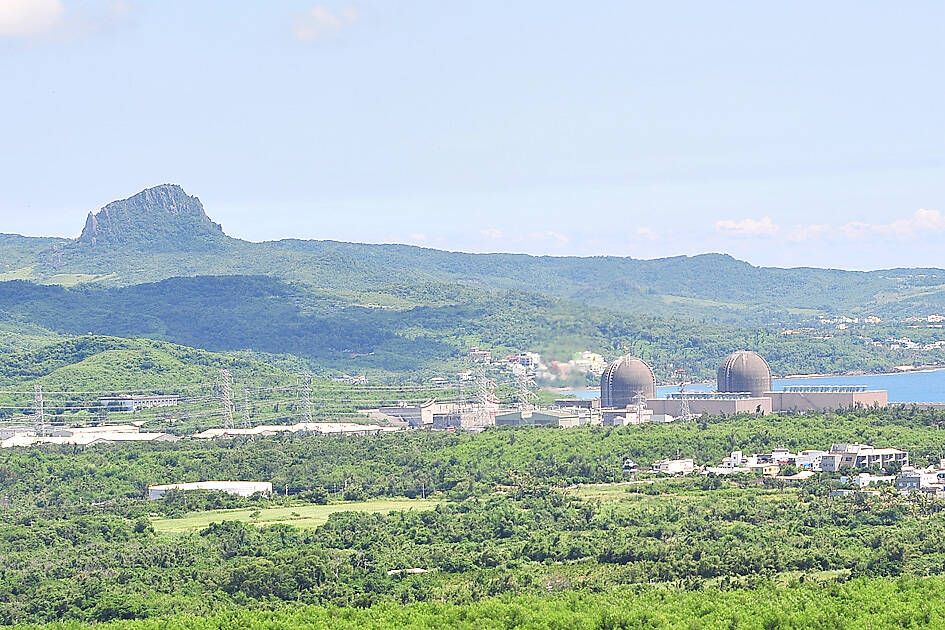
Photo: Tsai Tsung-hsien, Taipei Times
The fuel rods would be stored in spent fuel pools.
The reactor has generated less than 3 percent of Taiwan’s electricity at times of peak demand, but alternatives would make up for the shutdown, Taipower said.
New gas-fired units with capacity of about 5 gigawatts would be added to Taiwan’s electricity mix, far exceeding the 950 megawatts produced by the No. 2 reactor at Ma-anshan, it said.
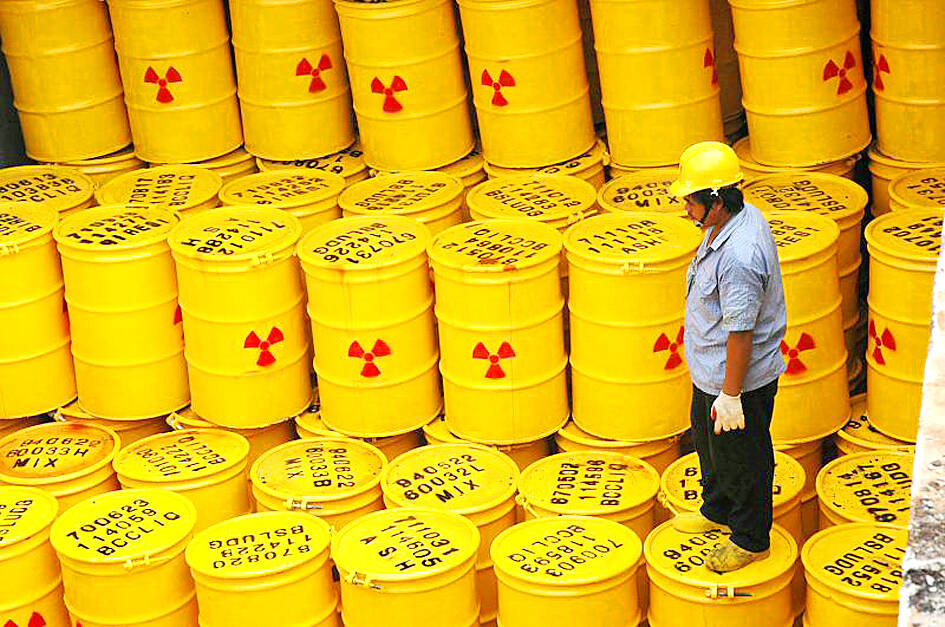
Photo: CNA
The Cabinet has said it has no plans to extend the No. 2 reactor’s operation even though the Legislative Yuan passed an amendment earlier this week allowing nuclear facilities to extend their operating lifespans by 20 years.
The phasing out of nuclear power has been a goal of the ruling Democratic Progressive Party (DPP) even before it took power in May 2016.
Nuclear power accounted for more than 16 percent of the nation’s energy mix before 2015.
The DPP has advocated eliminating nuclear power in favor of renewable energy and fossil fuels.
Although the DPP in 2016 set a goal of renewable energy generating 20 percent of the nation’s electricity by this year, it would likely fall short of the target, after alternative energies accounted for 11.6 percent of energy generation last year, according to Energy Administration statistics.
Fossil fuels accounted for more than 83 percent of Taiwan’s energy mix last year, including 39.3 percent coal, complicating the fight to reduce carbon emissions.
Local residents have mixed opinions on the Ma-anshan Nuclear Power Plant, which began operations in 1984.
Chang Tao-hung (張道宏), whose family has lived in Hengchun Township’s (恆春) Tougou Village (頭溝) for five generations, said he opposed extending the Ma-anshan plant, because Taiwan’s high population density, limited land area and active fault lines made it unable to withstand a nuclear disaster.
The plant being near a fault line poses a high risk, Chang said, adding that there is no definitive solution for the disposal of nuclear waste in Taiwan.
Pingtung County Environmental Protection Alliance president Chang Yi (張怡) said that after the Ma-anshan plant’s decommissioning, the site would be used for the installation of solar panels.
Considering that, land speculation, the unstable supply of power and the tarnishing of the local landscape could be issues of concern, Chang Yi said.
Nuclear power is superior in output stability, carbon footprint reduction and cost-effectiveness compared with other alternatives, but the challenges of spent nuclear fuel disposal negate these advantages, Taipower said.
The Nuclear Backend Fund (核能發電後端營運基金) would need at least NT$477.4 billion (US$15.8 billion), it said, adding that the price tag might increase to NT$500 billion due to inflation.
Spent fuel rods from reactors are supposed to be removed to the reactor pool extension for temporary storage, followed by indoor or outdoor dry storage, centralized storage, then final disposal in a permanent storage facility, Taipower vice president Tsai Chih-meng (蔡志孟) said on Friday.
Due to legal disputes with New Taipei City, only the Jinshan Nuclear Power Plant has an outdoor dry storage facility, he said.
The Jinshan and Guosheng nuclear power plants need additional capacity in indoor and outdoor dry storage, and the Ma-anshan plant’s indoor dry storage would not be completed at least until 2031 he said.
Taiwan’s three nuclear power plants produced half of the nation’s electricity at their peak, but dropped to a quarter of the total after being overtaken by coal-fired plants in the 1990s, it said.
Last year, nuclear power contributed to 4.2 percent of the nation’s energy mix, public information published by the government-run Environment Information Center showed.

People can preregister to receive their NT$10,000 (US$325) cash distributed from the central government on Nov. 5 after President William Lai (賴清德) yesterday signed the Special Budget for Strengthening Economic, Social and National Security Resilience, the Executive Yuan told a news conference last night. The special budget, passed by the Legislative Yuan on Friday last week with a cash handout budget of NT$236 billion, was officially submitted to the Executive Yuan and the Presidential Office yesterday afternoon. People can register through the official Web site at https://10000.gov.tw to have the funds deposited into their bank accounts, withdraw the funds at automated teller
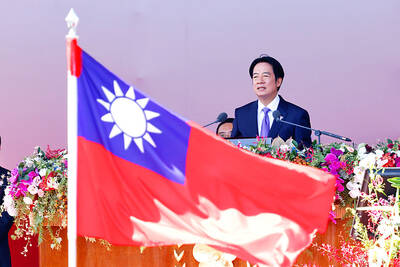
PEACE AND STABILITY: Maintaining the cross-strait ‘status quo’ has long been the government’s position, the Ministry of Foreign Affairs said Taiwan is committed to maintaining the cross-strait “status quo” and seeks no escalation of tensions, the Ministry of Foreign Affairs (MOFA) said yesterday, rebutting a Time magazine opinion piece that described President William Lai (賴清德) as a “reckless leader.” The article, titled “The US Must Beware of Taiwan’s Reckless Leader,” was written by Lyle Goldstein, director of the Asia Program at the Washington-based Defense Priorities think tank. Goldstein wrote that Taiwan is “the world’s most dangerous flashpoint” amid ongoing conflicts in the Middle East and Russia’s invasion of Ukraine. He said that the situation in the Taiwan Strait has become less stable
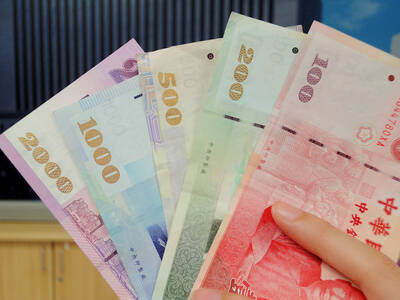
FRESH LOOK: A committee would gather expert and public input on the themes and visual motifs that would appear on the notes, the central bank governor said The central bank has launched a comprehensive redesign of New Taiwan dollar banknotes to enhance anti-counterfeiting measures, improve accessibility and align the bills with global sustainability standards, Governor Yang Chin-long (楊金龍) told a meeting of the legislature’s Finance Committee yesterday. The overhaul would affect all five denominations — NT$100, NT$200, NT$500, NT$1,000 and NT$2,000 notes — but not coins, Yang said. It would be the first major update to the banknotes in 24 years, as the current series, introduced in 2001, has remained in circulation amid rapid advances in printing technology and security standards. “Updating the notes is essential to safeguard the integrity
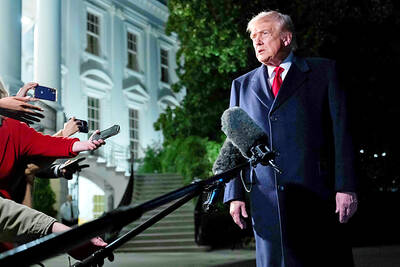
REASSURANCE: The US said Taiwan’s interests would not be harmed during the talk and that it remains steadfast in its support for the nation, the foreign minister said US President Donald Trump on Friday said he would bring up Taiwan with Chinese President Xi Jinping (習近平) during a meeting on the sidelines of the APEC Summit in South Korea this week. “I will be talking about Taiwan [with Xi],” Trump told reporters before he departed for his trip to Asia, adding that he had “a lot of respect for Taiwan.” “We have a lot to talk about with President Xi, and he has a lot to talk about with us. I think we’ll have a good meeting,” Trump said. Taiwan has long been a contentious issue between the US and China.